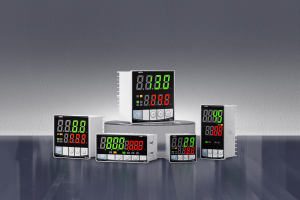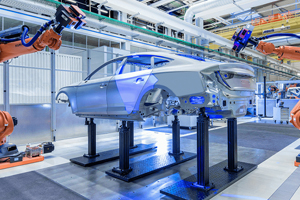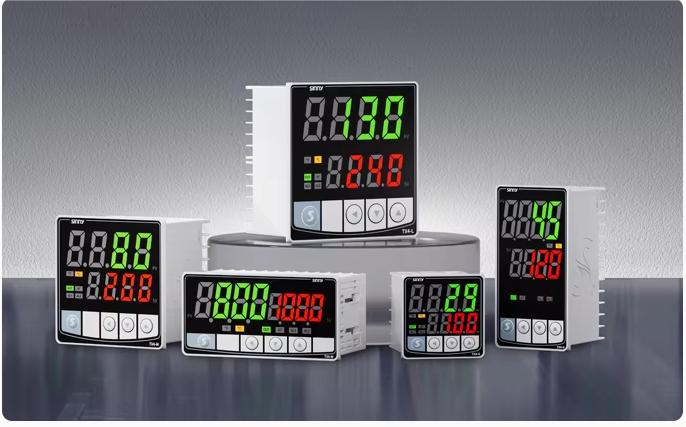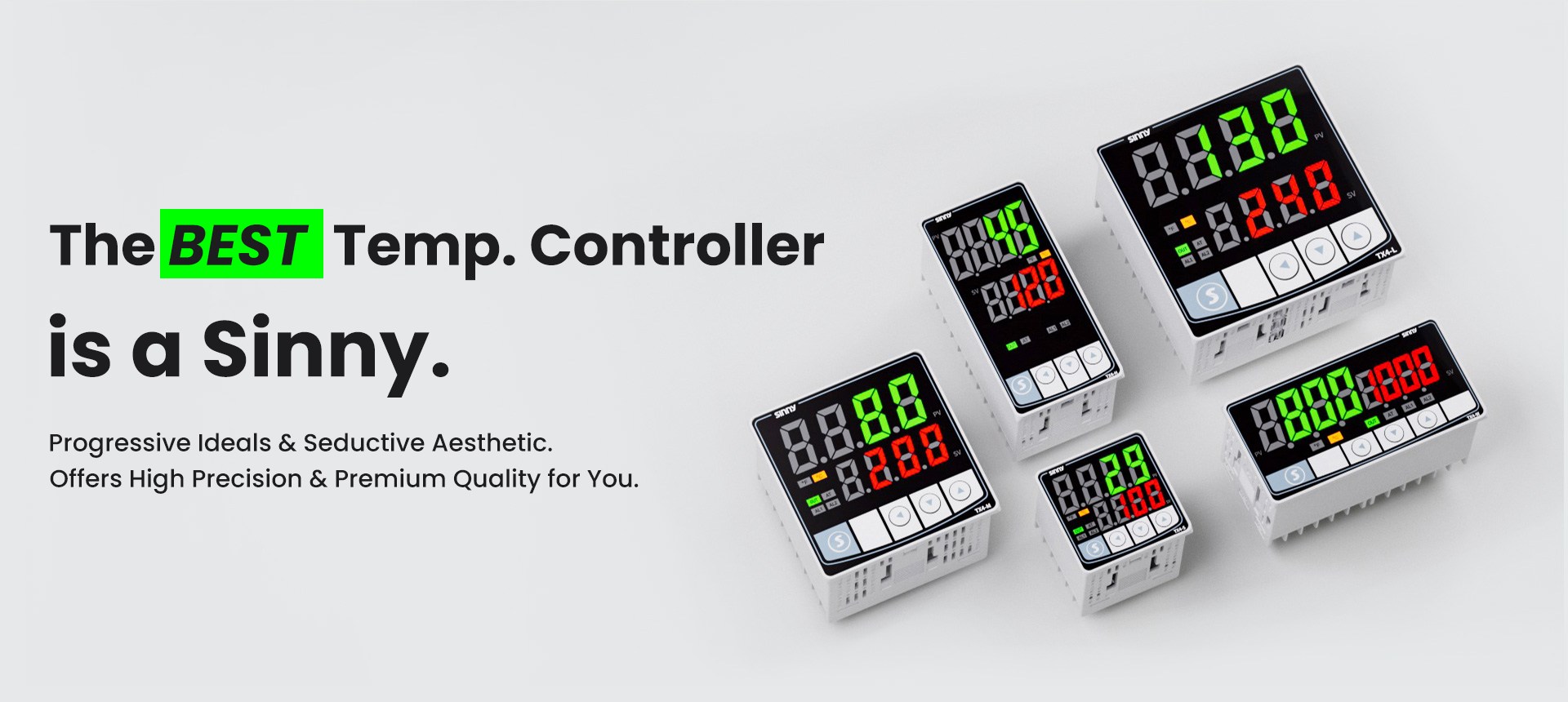How PID Relay Control Works
1.How PID Relay Control Works
PID Relay Temperature Control: How It Works, Wiring & Tuning Tips
Master PID relay temperature control: SSR vs. mechanical relays, wiring diagrams, time-proportioning tuning, Arduino implementation, safety guidelines, and industrial applications.
1.Relay as the Switching Mechanism
Relays function as electromechanical intermediaries, translating PID-computed signals (typically 5–24VDC) into switching commands for heaters drawing amps to kiloamps. Two primary relay types exist:
··Mechanical Relays: Employ electromagnets and contacts for switching, offering affordability but limited lifespan (~100k cycles) and slower response (10–100ms), risking contact welding under inductive loads.
Reference: SSR vs. Mechanical Relays - Omron
2. Time-Proportioning Control
PID algorithms modulate relay duty cycles rather than analog voltage. For instance, a 60% output command might trigger 6 seconds ON and 4 seconds OFF within a 10-second cycle. This "time-proportioning" technique approximates variable power delivery while avoiding relay damage from excessive cycling. To prevent chatter (rapid, destabilizing ON/OFF toggling near setpoints), hysteresis bands introduce a buffer (e.g., 0.5°C dead zone where relays remain inactive).Reference: Time-Proportioning PID - Control Engineering
3.Wiring & Implementation
Standard Wiring Diagrams
SSR Configurations:
·Control Loop: PID output → SSR input terminals (3–32VDC).
·Load Loop: AC mains (120/240V) → SSR output terminals → heater.
·Critical Protections:
·Heat sinks rated ≥40°C below SSR’s maximum temperature.
·Snubber circuits (RC networks) for inductive loads (motors, solenoids).
·Fast-acting fuses on both control and load lines.
Mechanical Relay Circuits:
·Flyback diodes across relay coils to absorb voltage spikes.
·Optocouplers isolating microcontroller signals from high-voltage transients.
Visual Reference: PID + SSR Wiring Guide - Automation Direct
4.Components:
·Minimum ON/OFF Times: Enforcing 1–5 second cycles to prevent premature relay wear.
·Derivative Filtering: Applying low-pass filters (e.g., 5Hz cutoff) to K_d term.
·Feedforward Control: Anticipating disturbances (e.g., door openings in ovens).
The closed-loop method leverages relay-induced oscillations:
.Disable integral (K_i=0) and derivative (K_d=0) actions.
.Gradually increase K_p until sustained oscillations occur (relay cycles steadily).
.Record oscillation period (P_u) and critical gain (K_u).
Reference: Relay Tuning Method - Control Global
5.Industrial vs. DIY Applications
·Plastic Extrusion: SSRs maintain barrel temperatures within ±1°C for viscosity control.
·
Case Study: PID Relay Control in Furnaces - Watlow
·Sous-Vide Cookers: Arduino + SSR + immersion heater achieves ±0.2°C stability.
·Reptile Incubators: ESP32 + mechanical relay + heat mat with IoT temperature logging.
·3D Printer Beds: Time-proportioning PID reduces MOSFET thermal stress.
Project Idea: Raspberry Pi PID Coffee Roaster - Hackster
6. Safety & Best Practices
·
·Isolation Barriers: Physical separators between low/high-voltage PCB sections.
Reference: SSR Sizing Guide - Crydom
·Software: Independent watchdog timers reset controllers during lockups.
·Hardware:
·Thermal fuses (e.g., 250°C cutoff) bonded to heaters.
·Current-limiting circuit breakers on mains inputs.
·Redundant thermistors triggering relay shutdowns.
·Accuracy Ceiling: Switching latency limits control to ±0.5°C in optimal setups.
·Audible Noise: Mechanical relays emit clicks during cycling (unsuitable for labs).
·RF Interference: Arcing contacts generate electromagnetic noise.
When to Avoid Relays (H3)
·High-Frequency Control (>10Hz): Opt for MOSFET/IGBT drivers (e.g., laser diode TECs).
·Ultra-Low Noise: Linear analog drivers (LDOs) for sensitive instrumentation.
·Microsecond Response: Silicon Carbide (SiC) transistors in aerospace systems.
7.Conclusion
PID relay temperature control remains the pragmatic choice for cost-sensitive, slow-dynamic thermal systems.
- Understanding PID temperature control: Basics, tuning & practical applications
- Mastering temperature stability: the definitive guide to PID control























